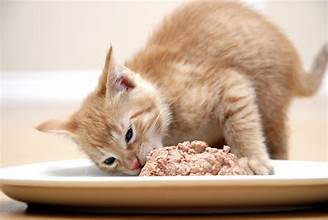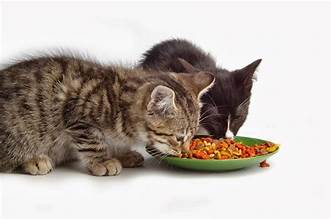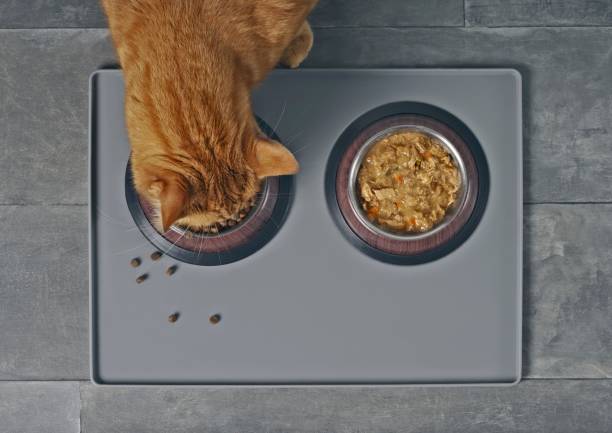The main difference between wet and dry cat food is moisture content and nutrient profile.
Moisture:
Understanding the benefits of wet cat food: It can empower you to make the right dietary choices for your feline friend. Wet cat food, with its high moisture content of around 70-85%, is crucial for hydration. Cats, by nature, don’t drink much water, and this type of food can be a game-changer for cats with urinary tract issues, weight management concerns, constipation, or those prone to dehydration.

Understanding the composition of dry cat food:ItIs crucial in making informed decisions about your cat’s nutrition. This type of food, typically containing around 6-10% water, is often higher in carbohydrates that bind the ingredients together. However, the protein and fat content can vary and may be lower than wet food. This knowledge can help you choose the best food for your cat’s needs.

Nutrients:
Nutrients: Wet food, such as [Hills Science] or [Purina Pro Plan], often has higher protein and fat levels and lower carbs than dry food, like [Purina Pro Plan]. However, this can vary depending on the brand and specific formula.

Here’s a table summarizing the key differences.
| MOISTURE | 6 – 10% | 70 – 85% |
| PROTEIN | GENERALLY HIGHER | CAN BE HIGHER OR SIMILAR TO DRY |
| FAT | GENERALLY HIGHER | CAN BE HIGHER OR SIMILAR TO DRY |
| CARBOHYDRATES | GENERALLY LOWER | GENERALLY HIGHER |
| NUTRIENT | DRY CAT FOOD | WET CAT FOOD |
Other factors to consider:
- Calories Density: Due to the lower water content, dry food is more calorie-dense. So, a cat might eat less by volume but get the same calories
- Dental Health: Dry food can help clean teeth through chewing, while wet food is softer.
- Palatability: Wet food is often more appealing to cats due to its aromatic scent and texture.
When it comes to choosing the best food for your cat
It’s crucial to consider their unique needs and preferences. If you decide to make a change, it’s important to do so gradually over about a week. This involves mixing the new food with the old food in increasing amounts. This gradual transition is key to ensuring your cat’s digestive system can adapt smoothly, reducing the risk of any potential gastrointestinal issues. Remember, your veterinarian is always there to help guide you in making the best decision for your feline friend.
Disclosure: This blog contains some affiliate links to Amazon. I might receive a commission if you follow them and purchase anything from the recommended products. I use Amazon for all of my pet products, and I can assure you that I never recommend anything I don’t trust. Thanks for supporting positvelypets.com!




